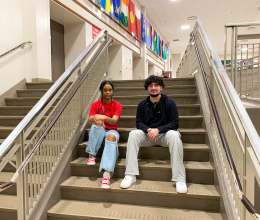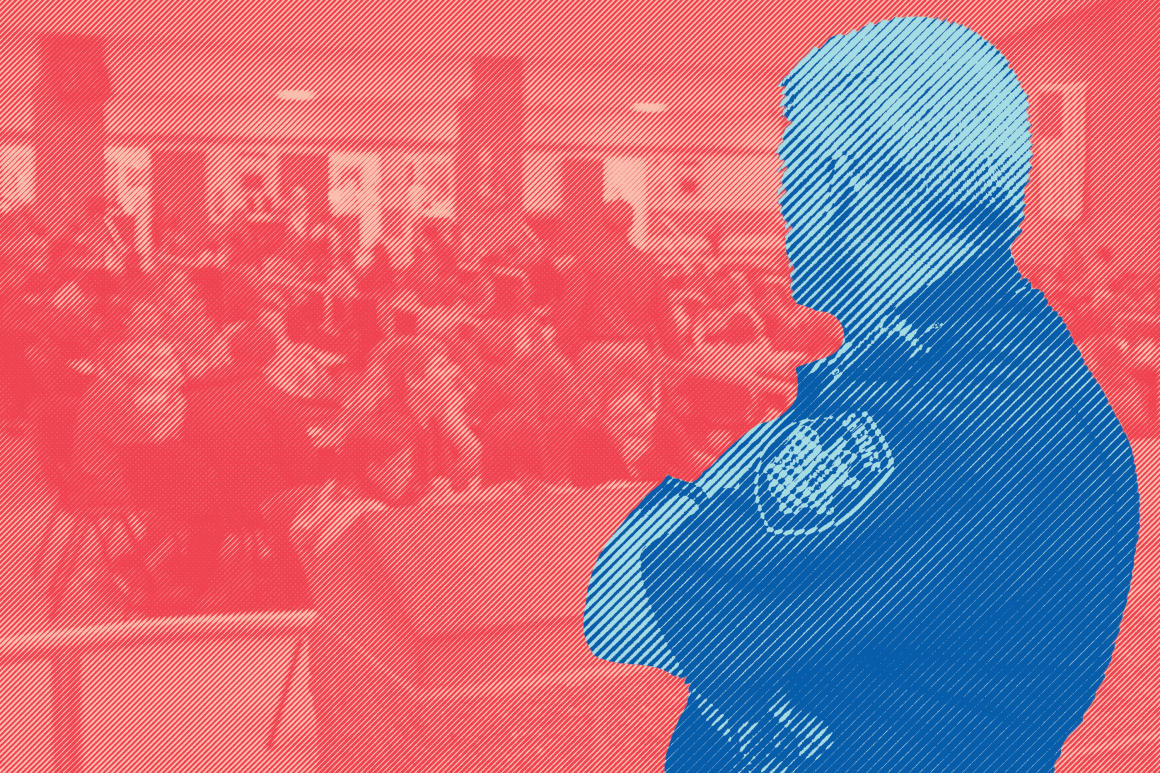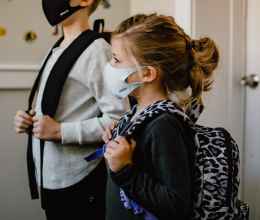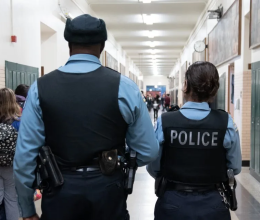
It's become common for schools to bring in police officers, usually armed, to patrol and interact with students. The stated goal is often to keep students safe, but there is no conclusive evidence that full-time police presence in schools increases student safety or prevents mass shootings. Instead, expert research shows that police in schools create real harm for many students, especially students of color and students with disabilities.
Some school districts, in the wake of the George Floyd murder, including Ames and Des Moines, have discontinued their SRO programs, citing inherent racial inequities in such programs. But after the Perry school shooting, a handful of other districts have added them, incorrectly equating having an armed officer on site as preventing such tragedies. (Multiple schools that have experienced mass school shootings had armed SROs on site.)
The data also challenges the claim that SROs are a good "friend" or "mentor" for students who can teach about "healthy relationships." SROs are sworn police officers who can arrest you, your family members, or your friends after you are urged to confide in them. And lessons on healthy relationships are best left to teachers, counselors, school psychologists, nurses, and social workers-—not someone standing in front of you with a gun.






